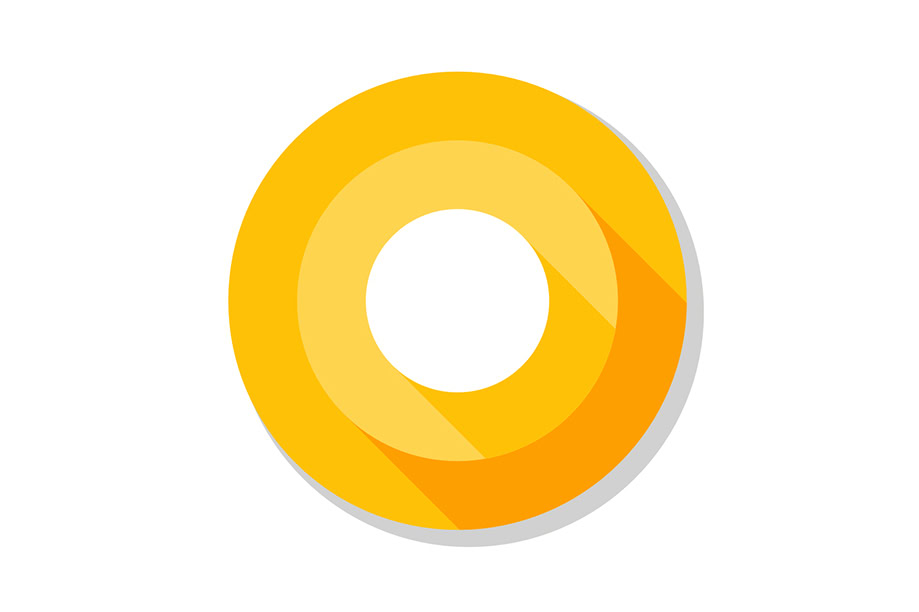Affiliate links on Android Authority may earn us a commission. Learn more.
Google officially announces Android O, Developer Preview images live now

Just one day after the second beta version of Android 7.1.2 Nougat arrived for Pixel and Nexus devices, Google has yet another surprise for us. The company has just announced its next version of Android, and that name, unsurprisingly, is Android O. Of course, this won’t be the final name of the next version of Android, but for now, it’s just Android O.
As was the case last year with the first Android N Developer Preview, Google isn’t letting us know everything that will be included with Android O. We’ll learn more and more about the new version of Android in the weeks leading up to Google I/O 2017. But for now, let’s talk about what’s available in this first preview.
One of the biggest changes in Android O is background limits, which will help your smartphone save more battery life than ever before. Basically, Google is putting additional automatic limits on what apps can and can’t do in the background, in three areas: implicit broadcasts, background services and location updates. Since these background limits represent a big change in the way Android works, developers should start getting to know them. You can check out the official documentation here.
Now for a more visually appealing change. Android O introduces notification channels, which are app-defined categories for notification content. These channels let developers give users fine-tuned control over different types of notifications. Users can block or change the behavior of each channel individually, rather than putting the kibosh on a certain app’s notifications altogether. As you can see in the screenshots attached above, Android O also brings new visuals and grouping to these notifications. On the left you’ll see how Android Nougat’s notifications work, and the image on the right shows off Android O’s notifications.
O also brings new Autofill APIs that will make setting up new apps and placing transactions easier. Users will be able to select an autofill app, similar to how you can select a keyboard app. The autofill app will store and secure user data, such as addresses, names, passwords, etc.
Android O also brings a new feature that was previously only available on Android TV devices: Picture in Picture (PIP) mode. With PIP, users will be able to continue watching a video while navigating around through other applications. This is a super handy feature, and one that should be welcomed by most Android users out there.
Adaptive launcher icons are also new in Android O, which can display different shapes across different devices. For example, a launcher icon can be displayed in a circular shape on one device, and be displayed in a square shape on another. Each smartphone maker provides a mask, which the system then uses to render all icons with that shape. The new icons will also be used in shortcuts, the Settings app, sharing dialogs and in the overview screen.
This one should make the audiophiles happy – Android O now supports high-quality Bluetooth audio codecs such as LDAC codec. Plus, there’s a new native AAudio API that’s designed specifically for apps that require high-performance, low-latency audio.
New Wi-Fi features are coming as well, like Wi-Fi Aware. Basically, apps and nearby devices can discover and communicate over Wi-Fi without an internet access point.
Android O also adds better support for keyboard navigation, particularly when it comes to apps on Chrome OS. Google focused on building a more reliable model for “arrow” and “tab” navigation that aids both developers and users.
Those are the biggest changes present in Android O, but as you might expect, there’s much more to it than that. You can check out all the other features and improvements at the blog post link below.
So, that’s all fine and dandy, but when can you get your hands on Android O? Since this is a very, very early version of O, Google isn’t rolling this one out to devices in the Android Beta Program. You’ll have to manually download and flash the updates if you want an early look at the new version. With that said, images are now available for the Google Pixel, Pixel XL, Nexus 6P, Nexus 5X, Nexus Player and Pixel C. Google does say that O will come to the Android Beta Program as we near the final product, though, so there is hope if you’re not keen on flashing any new images to your device.
What are your thoughts on Android O? Be sure to let us know what you think in the comments below!